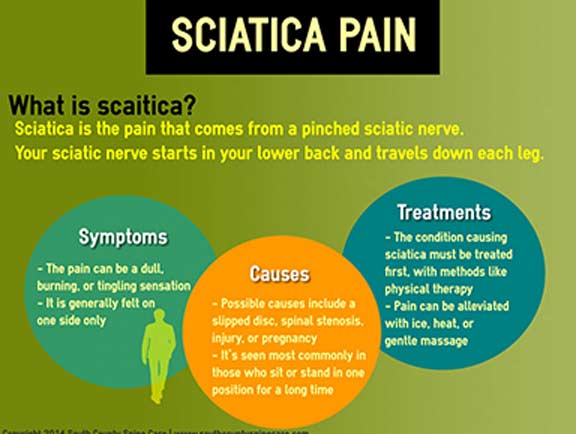The Impact Of Stance On Neck And Back Pain: How To Preserve Excellent Placement Throughout The Day
The Impact Of Stance On Neck And Back Pain: How To Preserve Excellent Placement Throughout The Day
Blog Article
Web Content By-Conway Thaysen
Maintaining correct position isn't nearly staying up directly; it has to do with straightening your body in a manner that sustains your back and decreases the danger of pain in the back. The means you rest, stand, and move throughout the day can substantially influence your spinal health and wellness. Yet exactly how precisely can you ensure great placement regularly, even during busy days full of different activities? Allow's dive deeper into the refined yet impactful changes you can make to your everyday routine to maintain your back delighted and healthy.
Relevance of Appropriate Stance
Correct posture is essential in preserving a healthy and balanced back and stopping discomfort. When you rest or stand with great posture, your back remains in alignment, reducing pressure on your muscle mass, tendons, and joints. This alignment enables the body to disperse weight uniformly, stopping extreme tension on particular locations that can bring about discomfort and pain. By keeping your spine correctly aligned, you can additionally boost your breathing and food digestion, as slouching can compress body organs and restrict their performance.
Moreover, preserving excellent posture can enhance your total look and confidence. When you stand tall with your shoulders back and head held high, you show self-confidence and show up more friendly. Great posture can additionally make you really feel extra stimulated and alert, as it promotes proper blood circulation and allows your muscles to work successfully.
Incorporating proper stance into your everyday routine, whether resting at a desk, strolling, or working out, is necessary for avoiding back pain and advertising overall well-being. Remember, a small adjustment in how you hold on your own can make a considerable distinction in exactly how you really feel and operate throughout the day.
Common Postural Mistakes
When it involves maintaining great posture, several people unwittingly make usual mistakes that can add to back pain and pain. https://www.bmj.com/content/367/bmj.l6273 of one of the most common errors is slouching or hunching over while resting or standing. https://paxtonkeztn.frewwebs.com/32686938/pondering-the-rewards-of-chiropractic-look-after-your-family-discover-exactly-how-this-alternative-technique-can-transform-your-enjoyed-ones-wellness puts too much stress on the back and can bring about muscular tissue imbalances and discomfort in the future.
An additional usual error is overarching the lower back, which can flatten the all-natural curve of the spine and create discomfort. Additionally, going across legs while sitting might really feel comfortable, but it can create a discrepancy in the hips and hips, causing postural problems.
Using a cushion that's also soft or as well solid while sleeping can also influence your positioning and contribute to pain in the back. Lastly, frequently craning your neck to look at screens or readjusting your position often can stress the neck and shoulders. Being mindful of these typical postural blunders can assist you maintain better alignment and reduce the risk of pain in the back.
Tips for Correcting Positioning
To enhance your positioning and reduce neck and back pain, it's vital to focus on making small adjustments throughout your day-to-day routine. Begin by bearing in mind your position. When sitting, guarantee your feet are level on the flooring, your back is straight, and your shoulders are kicked back. Avoid slouching or leaning to one side. Usage ergonomic chairs or cushions to support your lower back.
When standing, distribute your weight evenly on both feet, keep your knees slightly bent, and embed your pelvis. Engage your core muscle mass to sustain your spinal column. Take breaks to extend and walk if you have a sedentary job. Integrate exercises that enhance your core and back muscles, such as slabs or bridges.
While sleeping, make use of a pillow that sustains the natural contour of your neck to keep appropriate back alignment. Stay clear of sleeping on your stomach, as it can stress your neck and back. By bearing in mind these tips and making small modifications, you can gradually correct your placement and minimize pain in the back.
Conclusion
Keep in mind, keeping excellent posture is vital to stop pain in the back and promoting spine wellness. By bearing in mind your positioning, dispersing weight equally, and involving your core muscular tissues, you can minimize strain on your back and minimize the danger of pain and injury. Include ergonomic support, take normal breaks to extend, and reinforce your core and back muscular tissues to preserve correct positioning throughout the day. Your back will thank you for it!
